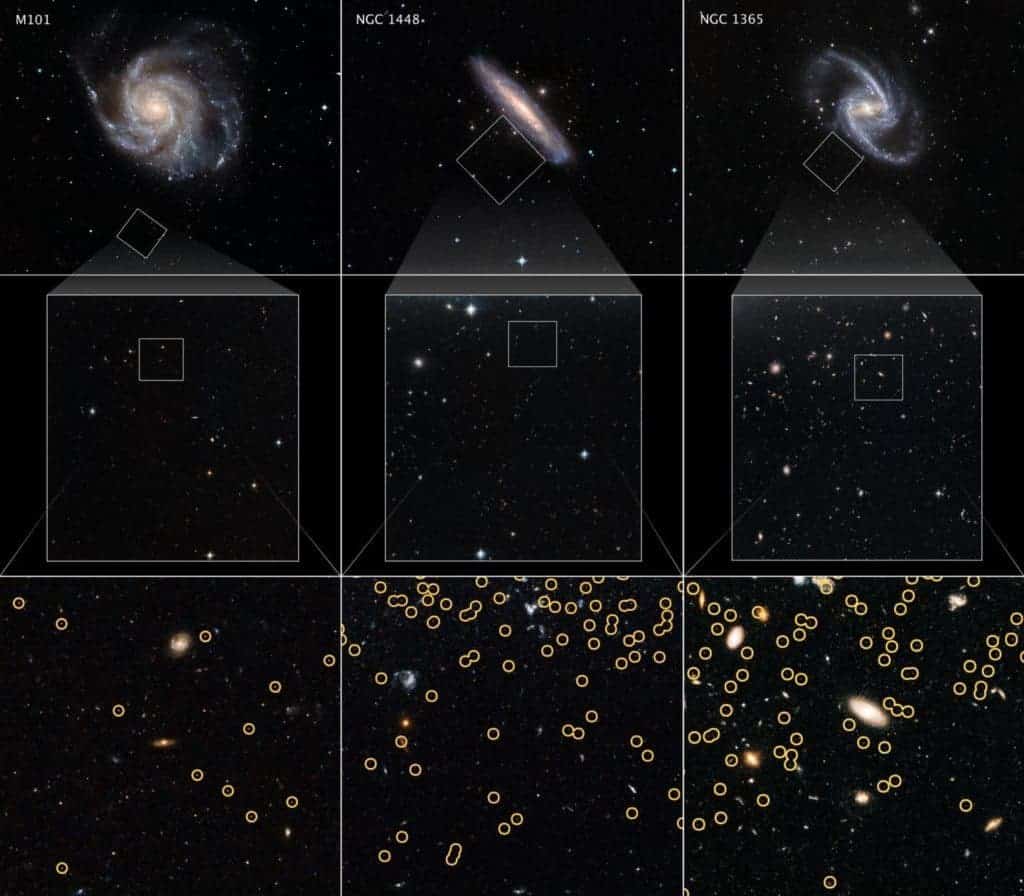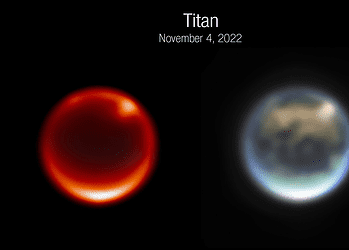Our understanding of the universe may need some reconsidering, a new study suggests.

When Edwin Hubble announced that he discovered galaxies outside of our Milky Way, the announcement caused quite a stir — but this was just the beginning. Hubble found that galaxies which were farther away moved away faster from us. It wasn’t just galaxies either: anywhere he looked, he found the same thing: the farther things are, the faster they move apart from each other. This was undeniable evidence that not only was the universe expanding, but the expansion was accelerating.
The unit of measurement for this universal expansion is called the Hubble Constant.
The Hubble Constant is one of the most important numbers in modern physics because it describes a fundamental feature of our universe. But this rate of expansion is not easy to calculate. Most commonly, it is obtained by measuring the distance to distant galaxies and then calculating the redshift from these galaxies — in other words, by looking at how the wavelengths of light incoming from the galaxies are stretched. However, the different assumptions made in this calculation can strongly affect the result.
For the past century, astronomers have diligently measured the Hubble constant. In the 1990s, a team led by Wendy Freedman of the University of Chicago greatly refined the Hubble constant value to a precision of 10% — which was, fittingly, possible thanks to the Hubble telescope.
In more recent times, astronomers sought even higher precision. But the more they looked, the more they started to find discrepancies.
“Naturally, questions arise as to whether the discrepancy is coming from some aspect that astronomers don’t yet understand about the stars we’re measuring, or whether our cosmological model of the Universe is still incomplete,” University of Chicago astronomer Wendy Freedman said in a NASA press release.
“Or maybe both need to be improved upon.”
Recent studies have proposed somewhat different values for this universal expansion. Freedman’s most recent study, which has been accepted for publication in The Astrophysical Journal, sought to reconcile these values and serve as a tie-breaker — but instead, it added yet another value to be dealt with. According to what has been released so far, Freedman’s results indicate that the universe is expanding faster than most previous estimates. Their new observations, also made using Hubble, indicate that the expansion rate for the universe is just under 70 kilometers per second per megaparsec (km/sec/Mpc). One parsec is equivalent to 3.26 light-years distance, and a megaparsec is one million parsecs. This is one of the highest values for the universal expansion rate, but not the fastest — that one belongs to a team led by Adam Riess of the Johns Hopkins University and Space Telescope Science Institute, which found an expansion rate of 74 km/sec/Mp.
The differences are not trivial. Many modern cosmological concepts and calculations are based on the Hubble constant.
“The Hubble constant is the cosmological parameter that sets the absolute scale, size and age of the universe; it is one of the most direct ways we have of quantifying how the universe evolves,” said Freedman. “The discrepancy that we saw before has not gone away, but this new evidence suggests that the jury is still out on whether there is an immediate and compelling reason to believe that there is something fundamentally flawed in our current model of the universe.”
NASA’s upcoming mission, the Wide Field Infrared Survey Telescope (WFIRST), is expected to enable astronomers to calculate the Hubble constant even more accurately, also enabling researchers to calculate how this expansion rate changed through cosmic time. Needless to say, the mission, scheduled to launch in the mid-2020s, is eagerly awaited by the astronomic community.






